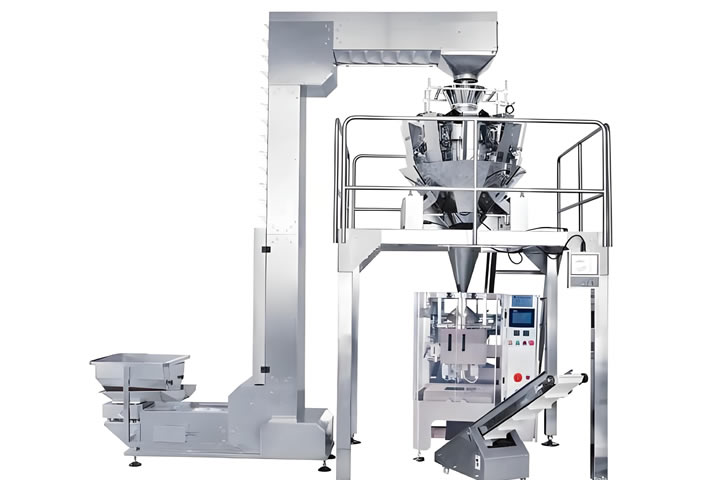The alarm on the shore of Lake Geneva broke the silence at three o'clock in the morning. On the control screen of a multinational pharmaceutical company's Swiss headquarters, three vaccine packaging lines lit up glaring red lights at the same time. The intelligent production line worth 120 million euros suddenly "paralyzed", and 2 million new coronary pneumonia vaccines were stranded in the filling link-the positioning system of the packaging machine conveyor belt was offset at the millimeter level. The production line, which was as precise as the gears of a Swiss watch, has become a time bomb that may explode at any time.

"We need to complete the modular transformation within 72 hours!" Hans, the supply chain director of the pharmaceutical company, was holding the video conference microphone with veins popping out. Through the screen, the technical team of the ply-pack factory clearly saw: the Italian supplier's robotic arm was suspended in mid-air, the German conveyor belt components were scattered all over the ground, and the Japanese sensor system continued to report errors. This "dream production line" built by packaging machine suppliers from 12 countries is facing collapse due to a 0.5mm coordination error.
The emergency team of ply-pack started the remote diagnosis of intelligent packaging technology on the plane. When engineer Li Yan landed at Zurich Airport, his augmented reality glasses had marked the source of the fault - there was a data gap between the Swiss supplier's positioning module and the Japanese sensor chip. Technical Director Wang Wei called up the 3D model of the supplier collaboration platform at the Beijing headquarters: "Disassemble the German modular transmission unit into three sections and replace the French supplier's elastic interface."
In the pharmaceutical company's workshop, a team of engineers from seven countries carried out surgical transformation under the guidance of smart terminals. The Italian packaging machine supplier's robotic arm was temporarily reprogrammed to take on precision welding tasks; Japanese sensor experts increased the detection accuracy from ±0.1mm to ±0.05mm through cloud debugging. When the adaptive rails shipped overnight by the German conveyor belt supplier were embedded in the production line, the intelligent control system suddenly beeped - this was a signal that the equipment had passed the self-test.
This transformation concealed a more profound technological revolution. Ply-pack connected the spare parts library data of the packaging machine supplier to the intelligent early warning system. When the vibration frequency of the production line deviated from the baseline value by 0.3%, the inventory of the Dutch bearing supplier had been prepared to the Frankfurt hub 48 hours in advance. Maria, the equipment manager of the pharmaceutical company, stroked the brand-new production line and exclaimed: "These talking smart modules have given our supply chain self-repairing nerves."
In the final stress test stage, the power of intelligent packaging technology was fully revealed. The Swiss vaccine bottles on the central control screen rushed like a silver stream, the grabbing trajectory of the German robot arm perfectly matched the Japanese optical detection, and the Italian sealing unit completed 132 packaging units per minute. When the 2 millionth vaccine fell steadily into the cold chain box, Hans took off his helmet and smiled for the first time in three months: "This is not a transformation, it is a technical prosthesis for the production line."
The Rhine River in the twilight is shining with golden light. On the apron of the pharmaceutical company, the ply-pack engineering team is dismantling the temporary intelligent command station. Those packaging machine components printed with logos of different countries are now playing a symphony of coordination on the production line. As Li Yan wrote in his work notes on the flight back home: "When the crisis comes, intelligent packaging technology is no longer a cold machine, but an arm held by global packaging machine suppliers."
Six months later, at the ply-pack factory thousands of miles away, the new generation of intelligent collaborative production lines has begun trial operation, and its modular interface is compatible with components from suppliers in 23 countries. Those red alarm lights that once lit up late at night in Switzerland have now turned into sparks jumping on the map of China's smart manufacturing.

